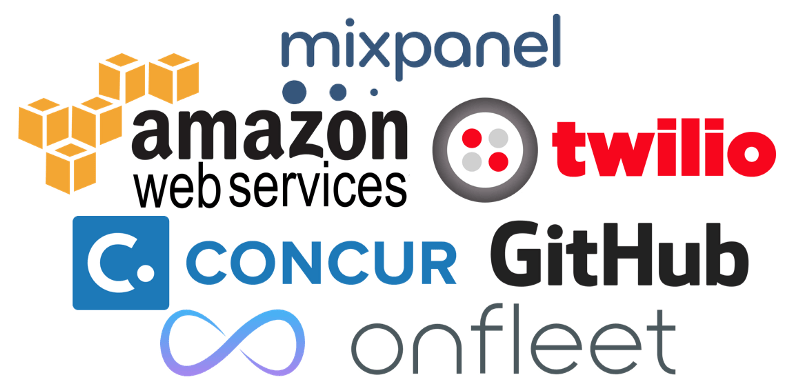
A SaaS pricing revolution is on the horizon — one driven by a growing number of enterprise customers demanding the right to pay for exactly what they use.
Seems fair, right?
Pitfalls of Subscription Pricing
In the SaaS space, with the average implementation spanning several months and costing the equivalent of 0.75 to 2 times the annual subscription cost, paying for seats only to have them to go unused is a jagged pill for many companies to swallow.
Even after go-live, many enterprise-grade SaaS tools struggle, or outright fail, to reach monthly active user (MAU) metrics that justify their often exorbitant recurring subscription costs. Furthermore, in this constantly evolving job market, asking potential buyers to anticipate their full-time workforce one year — or even one month — in advance is becoming less and less realistic.
While there are certainly some compelling advantages to the subscription-based model (ability to forecast annual expenditures and uncapped per seat usage for starters), only a well-executed Pay-Per-Use pricing model can satisfy consumer demand for increased flexibility and cost-efficiency.
Across the space, successful players like Mixpanel (mobile analytics), Twilio (telephony), Concur (T&E reporting), GitHub (code repository), Amazon Web Services (cloud infrastructure), and Onfleet (delivery management) are leading the pack by offering tailored Pay-Per-Use (or data point, SMS, GB, report, repository, task, etc.) pricing options.

Why PPU Makes Sense
So what’s in it for SaaS providers? Not only does it eliminate user throttling, a phenomenon by which growth and engagement are stifled within an organization due to license scarcity, the colloquially dubbed “pay-as-you-go” model greatly mitigates the assumed risk and barrier to entry for prospective buyers.
In such a scenario, the onus is on the SaaS provider to demonstrate and deliver consistent value, rather than the buyer to artificially create and sustain it. Thus, a company that has confidence in their value proposition can look forward to attracting a much broader pool of potential customers to their product. Once sold, there’s no question that increased product stickiness and adoption within an organization directly translates to positive growth in ARR.
In return, enterprise customers can rest assured that they are only invoiced for the real value they derive from using a given service and, most importantly, aren’t locked into paying an annual flat rate for costly seats and features that sit untouched.
Not to worry, the “unlimited” subscription model is here to stay for many of our beloved B2C products and services — its to thank for countless Netflix binges (#OITNB), mile long SMS conversations, and mailrooms filled to the brim with Amazon Prime deliveries (I know, I know, you really needed that [insert impulse buy here]).
However, in a B2B climate that has become increasingly cost-conscious, value-centric pricing models represent an exciting, and mutually beneficial, new frontier.
